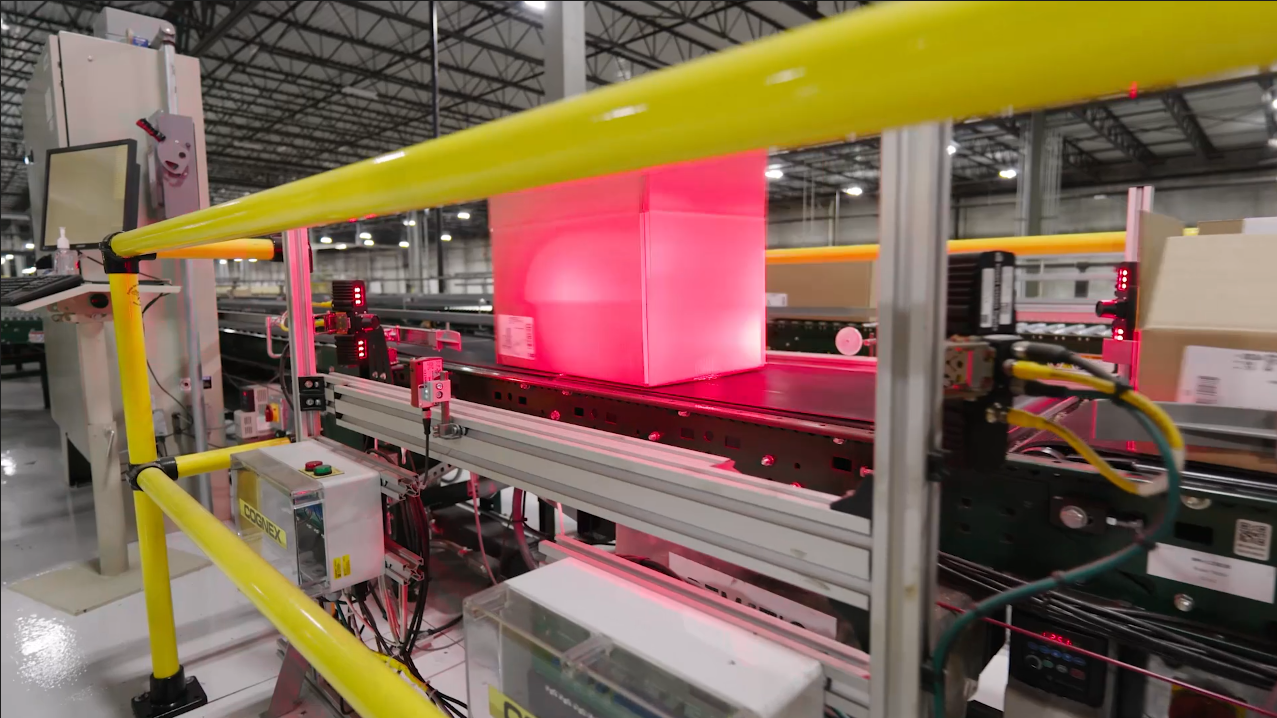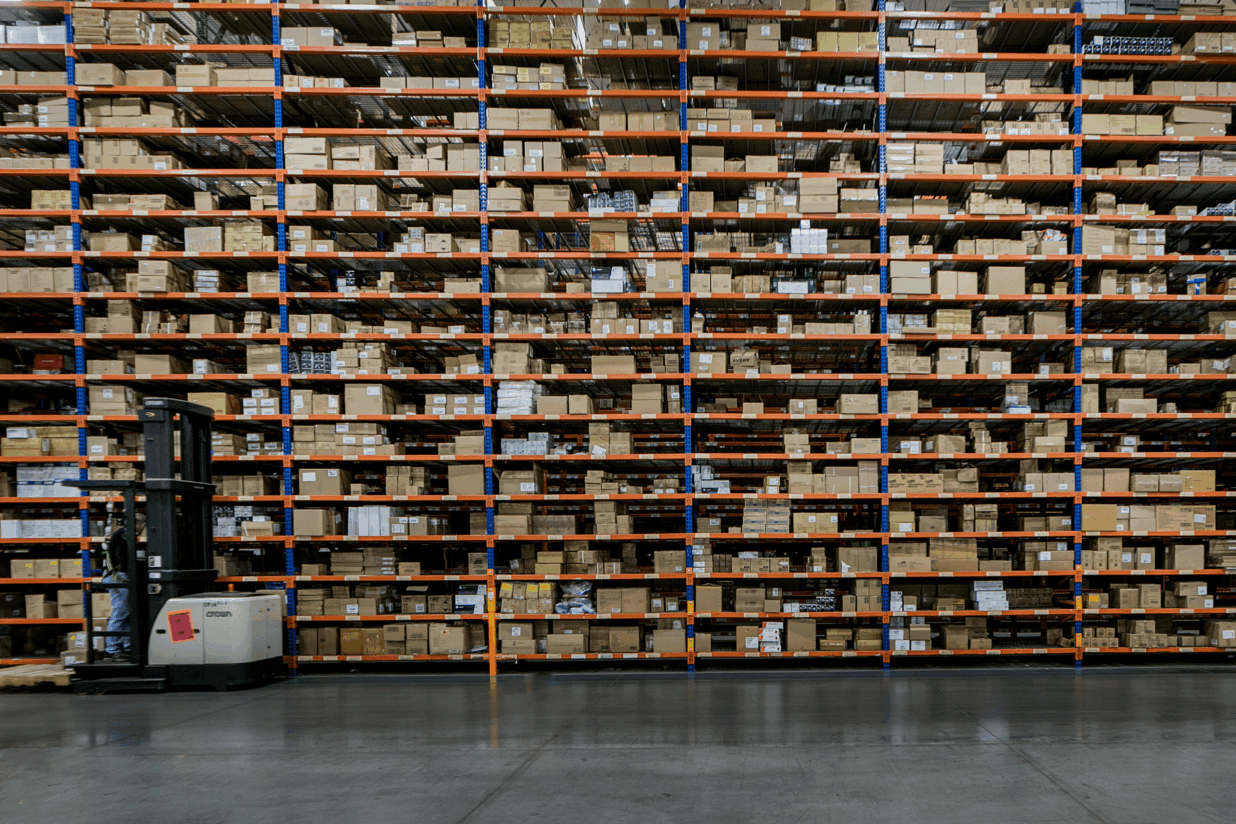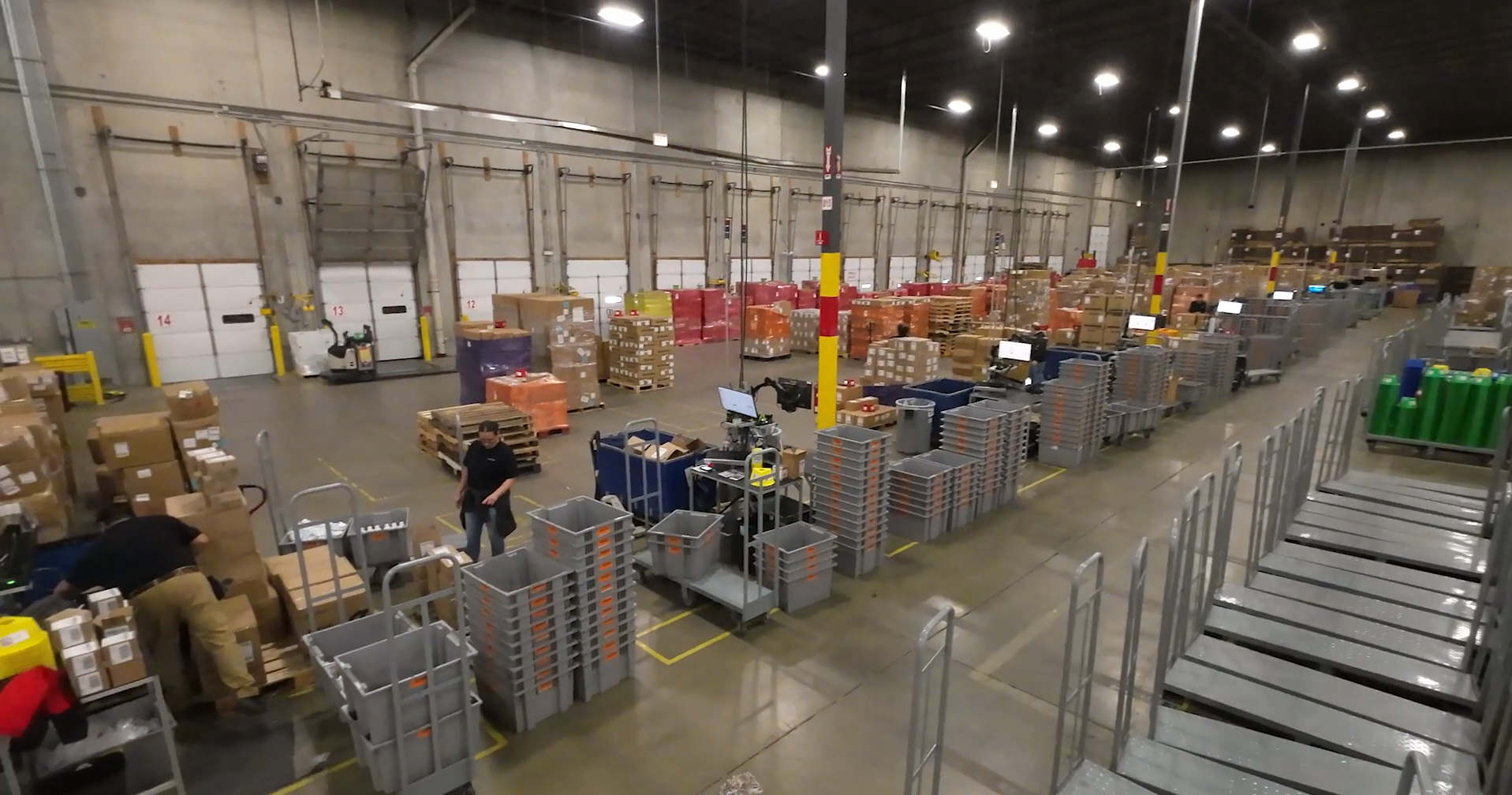
The warehouse expansion decision seems logical: growing sales require more space, so lease or build additional capacity to accommodate growth. However, this seemingly straightforward solution often becomes a $2 million trap that constrains cash flow, reduces operational flexibility, and ironically makes it harder to serve customers effectively. The mathematics of traditional expansion reveal why smart brands are choosing flexible storage solutions that align costs with actual demand rather than projected capacity needs.
Consider a typical expansion scenario: your current 25,000 square foot facility is approaching capacity, and growth projections suggest you’ll need 50,000 square feet within 18 months. At $8 per square foot annually, the additional 25,000 square feet costs $200,000 per year. With standard commercial leases requiring 5-10 year commitments, you’re committing $1-2 million in fixed costs based on growth projections that may or may not materialize as expected.
The hidden costs multiply this commitment significantly. New warehouse space requires:
- Additional staffing,
- Equipment,
- Technology integration,
- Insurance,
- Security systems, and
- Ongoing maintenance.
These operational expenses often add 40-60% to the base lease cost, pushing total expansion costs well above $2 million over the lease term. You’re essentially betting your company’s financial flexibility on the accuracy of long-term growth projections in an increasingly unpredictable market.
The Utilization Reality
The fundamental flaw in traditional warehouse expansion lies in utilization patterns. Most eCommerce businesses experience significant seasonal variation, with Q4 volumes often 200-400% higher than Q2 levels. If you size your facility for peak capacity, you’re paying for unused space 8-10 months per year. If you size for average capacity, you’re constrained during peak periods when revenue opportunities are highest.
Baymard Institute’s 2025 research reveals the customer impact of these constraints. Their analysis of 49 studies shows that 39% of consumers abandon carts due to extra costs including shipping, tax, and fees, while 21% abandon because delivery is too slow. When warehouse capacity constraints force higher shipping costs or longer delivery times, you’re directly triggering the behaviors that cost sales.
The Cash Flow Constraint
Fixed warehouse costs create cash flow constraints that limit strategic flexibility precisely when growing businesses need it most. That $200,000 annual lease payment represents cash that could fund marketing campaigns, inventory investments, technology improvements, or market expansion initiatives. Instead, it’s locked into real estate that may sit partially empty for months at a time.
The opportunity cost becomes particularly painful during economic uncertainty or market shifts. Businesses with flexible cost structures can adapt quickly to changing conditions, while those locked into long-term real estate commitments must continue paying fixed costs regardless of business performance. The warehouse expansion that seemed prudent during growth periods becomes a financial anchor during challenging times.
VEYER’s overflow warehousing helps eliminate these cash flow constraints by aligning storage costs with actual utilization. You pay for space when you need it, scale back when demand decreases, and maintain financial flexibility to invest in growth opportunities rather than fixed real estate commitments. This approach transforms warehouse capacity from a fixed cost into a variable expense that scales with revenue.
The Technology Integration Challenge
Modern warehouse operations require sophisticated technology integration:
- Warehouse management systems,
- Inventory tracking,
- Order processing,
- Carrier integration, and
- Real-time reporting.
Expanding to additional facilities multiplies these technology requirements and creates integration challenges that often exceed the original expansion budget.
Each additional facility requires separate technology implementation, staff training, and ongoing maintenance. The complexity of managing inventory across multiple locations, coordinating transfers, and maintaining real-time visibility increases exponentially with each facility. Many businesses discover that the operational complexity of multi-facility management exceeds their internal capabilities, forcing additional investments in systems and personnel.
VEYER’s technology infrastructure eliminates these integration challenges. Our facilities come equipped with warehouse management systems, carrier relationships, and real-time reporting capabilities. You gain access to enterprise-level technology without the capital investment or implementation complexity, allowing you to focus on core business growth rather than warehouse technology management.
The Flexibility Advantage
Market conditions change rapidly in modern eCommerce. Product lines evolve, customer preferences shift, and competitive dynamics require operational agility that fixed warehouse commitments can’t provide. Businesses locked into long-term real estate leases often find themselves constrained by decisions made under different market conditions, unable to adapt quickly to new opportunities or challenges.
Geographic flexibility becomes particularly important as businesses expand into new markets. Traditional warehouse expansion typically focuses on a single location, but optimal fulfillment often requires strategic positioning near customer concentrations. VEYER’s network of ~40 fulfillment centers provides geographic flexibility that single-location expansion can’t match, enabling faster delivery and lower shipping costs across diverse markets.
The seasonal flexibility proves equally valuable. Rather than maintaining year-round capacity for peak season needs, VEYER’s overflow warehousing allows you to scale capacity precisely when needed. This approach helps eliminate the utilization inefficiencies that make traditional expansion financially problematic while giving you adequate capacity during critical revenue periods.
Strategic Alternatives to Traditional Expansion
Smart brands are recognizing that warehouse capacity should be treated as a service rather than an asset. This shift in thinking opens strategic alternatives that provide operational benefits without the financial constraints of traditional expansion. Instead of committing millions to fixed real estate, businesses can access flexible capacity that scales with actual needs.
The partnership approach with providers like VEYER offers additional strategic benefits beyond cost savings. You gain access to operational expertise, established carrier relationships, and economies of scale that individual facilities can’t achieve. The result is often superior operational performance at lower total cost than traditional expansion would provide.
This approach also enables faster market entry and testing. Rather than committing to permanent expansion based on projections, you can test new markets, product lines, or seasonal strategies with flexible capacity that can be adjusted based on actual results. The reduced risk and increased agility often lead to better strategic decisions and faster profitable growth.
Making the Strategic Choice
The decision between traditional warehouse expansion and flexible storage solutions ultimately comes down to strategic priorities. If your goal is asset accumulation and you have high confidence in long-term growth projections, traditional expansion might make sense. However, if your priorities include cash flow flexibility, operational agility, and risk management, flexible storage solutions provide superior strategic value.
The customer experience benefits of flexible storage often exceed the financial advantages. By eliminating capacity constraints that force higher shipping costs or longer delivery times, you avoid the cart abandonment behaviors that cost sales. The 39% of customers who abandon due to high shipping costs and 21% who abandon due to slow delivery represent revenue opportunities that flexible capacity helps capture.
Avoid the $2 million warehouse expansion trap that constrains cash flow and limits strategic flexibility. Contact VEYER today for a free cost analysis comparing traditional expansion costs with flexible storage solutions. Discover how smart brands are achieving superior operational performance while maintaining financial agility. Schedule your consultation now and learn why flexible storage is the strategic choice for sustainable growth.




